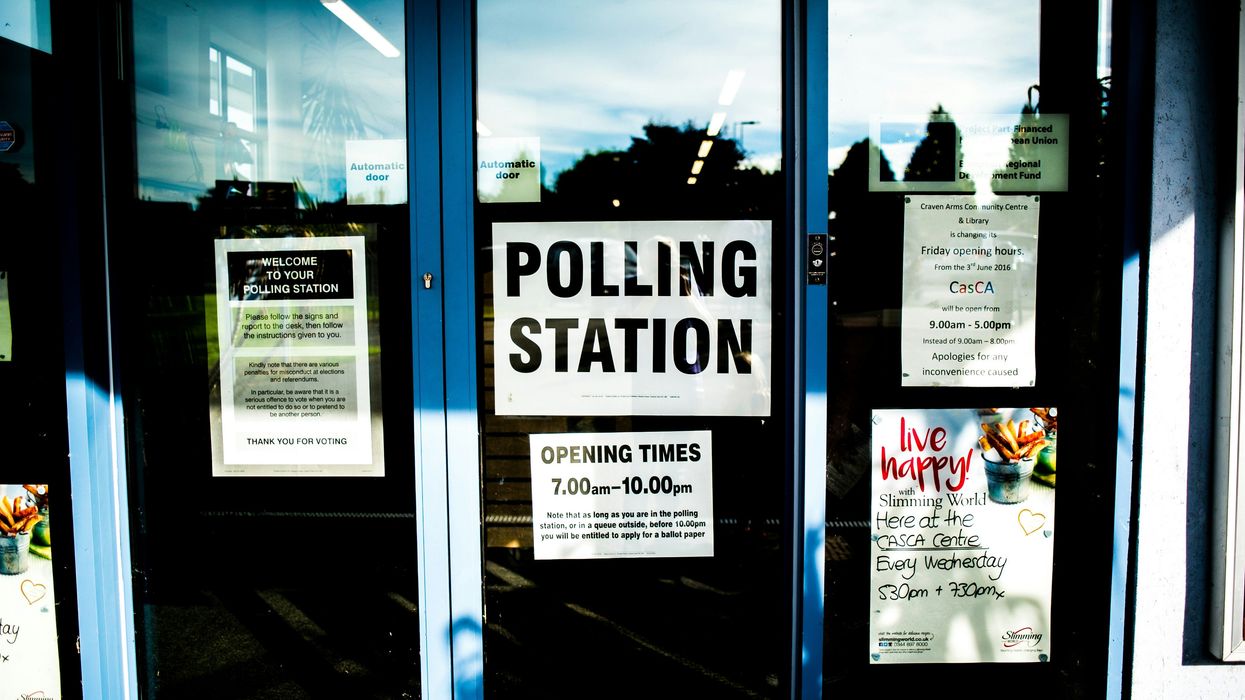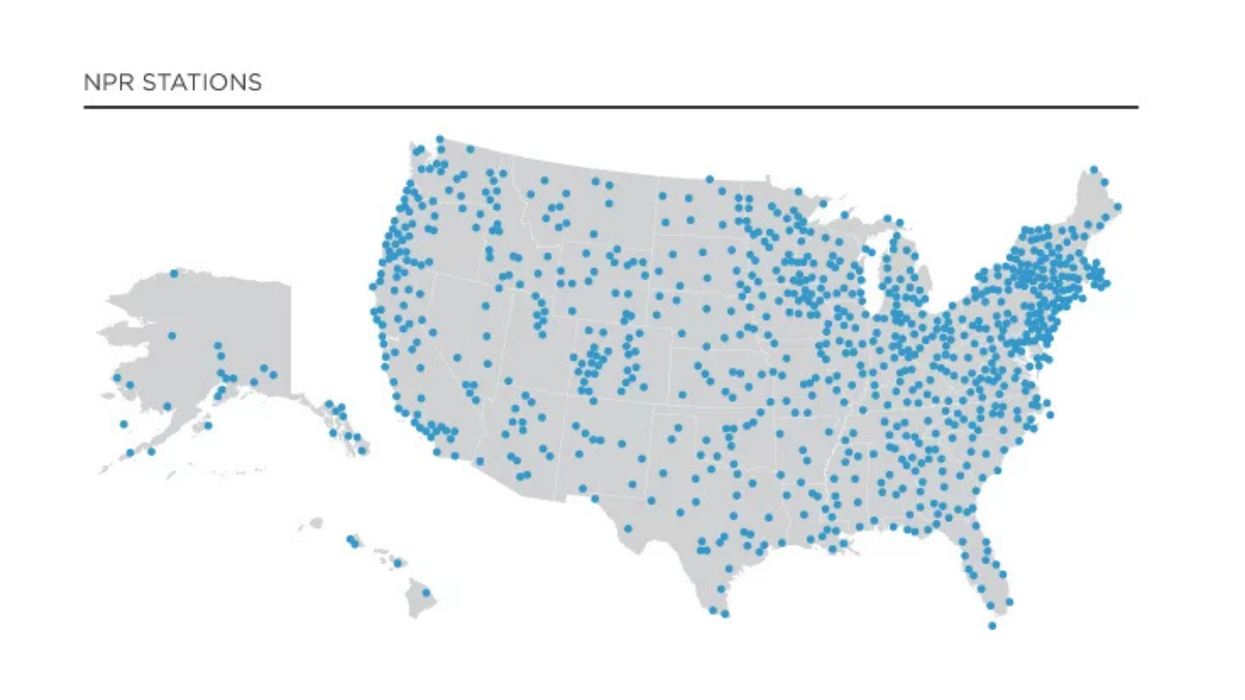How many employees were laid off from the FAA due to DOGE budget cuts?
In February 2025, the Federal Aviation Administration (FAA) laid off approximately 400 employees as part of federal workforce reductions initiated by the Trump administration's Department of Government Efficiency (DOGE). These layoffs primarily targeted probationary employees—those with less than one year of service—and included roles such as maintenance mechanics, aeronautical information specialists, aviation safety assistants, and administrative staff. Although the Department of Transportation stated that no air traffic controllers or critical safety personnel were affected, unions and aviation experts expressed concern that the terminations impacted essential support roles necessary for maintaining aviation safety.
Subsequently, a federal judge ruled that the mass firings violated regulations due to the absence of individual performance assessments. As a result, the FAA reinstated 132 of the laid-off probationary employees, providing them with back pay and returning them to their positions in March 2025.
Did any of these cuts have an impact on the current delays at Newark Airport?
Staffing shortages have played a role in the ongoing delays at Newark Liberty International Airport, though it remains unclear whether these shortages are related to the DOGE budget cuts or whether they are related to broader factors. The delays are most directly caused by a shortage of air traffic controllers, ongoing runway construction, and challenges posed by outdated technology. In addition, a reported walkout by more than 20% of the airport’s assigned air traffic controllers has further strained operations.
Did more than 20% of Newark’s air traffic controllers walk off the job?
The assertion that over 20% of Newark Liberty International Airport's air traffic controllers "walked off the job" is a mischaracterization of the situation. According to the National Air Traffic Controllers Association (NATCA), the controllers did not engage in an unauthorized walkout but instead took authorized leave under the Federal Employees' Compensation Act. This leave was prompted by a traumatic incident on April 28, 2025, when a burnt copper wire caused a 90-second outage in radar and communication systems, leaving controllers unable to see or communicate with aircraft—a situation that qualifies as traumatic under federal guidelines.
How has United Airlines responded to the problem at Newark Airport?
United Airlines has taken decisive action in response to the ongoing operational challenges at Newark Liberty International Airport. Citing severe staffing shortages and repeated failures in the FAA’s air traffic control systems, United announced the cancellation of 35 daily round-trip flights from Newark, effective the weekend of May 3, 2025. This reduction represents approximately 10% of the airline's operations at the airport, which is a major hub for the airline.
In a letter to customers, United CEO Scott Kirby expressed that the airline had "no other choice in order to protect our customers." He relayed that he had spoken with Secretary of Transportation Sean Duffy and is optimistic about the plan that the new administration has put together—a proposal for a large, systemwide investment in FAA technology, infrastructure, and staffing.
What has Secretary of Transportation Sean Duffy said about the Newark Airport air traffic problem?
U.S. Transportation Secretary Sean Duffy has acknowledged the severe air traffic control issues at Newark Liberty International Airport, describing them as indicative of broader systemic challenges within the nation's aviation infrastructure. “You’re starting to see cracks in the system,” Duffy said in a press conference last Thursday. “It‘s our job to actually see over the horizon what the issues are and fix it before there is an incident that we will seriously regret.”
In response to the staffing shortages and technological failures contributing to the disruptions at Newark, Secretary Duffy announced a comprehensive initiative aimed at bolstering the air traffic control workforce and modernizing the FAA's infrastructure. Key components of this plan include:
- Hiring 2,000 new air traffic controller trainees in 2025.
- Offering financial incentives such as $5,000 bonuses for academy graduates and $10,000 for those assigned to hard-to-staff facilities.
- Providing a 20% lump-sum payment to retirement-eligible controllers under the age of 56 who choose to continue working.
- Streamlining the hiring process by reducing it from eight steps to five, thereby accelerating the onboarding of qualified candidates.
Additionally, Secretary Duffy has proposed a significant investment in modernizing the FAA's aging technology infrastructure, including upgrades to radar systems, communication equipment, and ground sensors.
How is Secretary Sean Duffy securing the funding to invest in FAA technology, infrastructure, and staffing?
On April 30, 2025, the House Transportation and Infrastructure Committee approved a budget reconciliation proposal allocating $12.5 billion through 2029 to modernize the nation's air traffic control (ATC) system. This funding aims to replace aging Federal Aviation Administration (FAA) facilities, including air traffic control towers, radar systems, and telecommunications infrastructure, as well as to address staffing shortages by hiring additional air traffic controllers. The original proposal earmarked $15 billion for these initiatives, but the amount was reduced due to adjustments in the bill's revenue provisions, such as the elimination of a proposed national vehicle fee.
Have Democrats blamed the Trump administration for the problems at Newark Airport?
No, Democratic leaders have not explicitly blamed the Trump administration for the recent air traffic control issues at Newark Liberty International Airport, though they have highlighted longstanding systemic problems and recent budget cuts as contributing factors.
Senate Democratic Leader Chuck Schumer has called for an investigation into the flight disruptions at Newark, attributing them to outdated air traffic control technology and a shortage of controllers.
Democratic New Jersey Governor Phil Murphy described the delays as "completely and utterly unacceptable" and expressed confidence in Transportation Secretary Sean Duffy's commitment to hiring more air traffic controllers.
In a separate incident involving a runway collision at Ronald Reagan Washington National Airport in April, Democratic Representatives Gregory Meeks and Josh Gottheimer criticized recent aviation budget cuts associated with the Department of Government Efficiency (DOGE), an initiative linked to cost-cutting measures. They argued that such cuts weaken public safety and underscored the urgent need for increased FAA funding.
While these statements do not directly assign blame to the Trump administration for the Newark disruptions, they reflect broader concerns among Democratic leaders about the impact of budgetary decisions and staffing shortages on the nation's air traffic control system.
Kristina Becvar is co-publisher of The Fulcrum and executive director of the Bridge Alliance Education Fund.




















